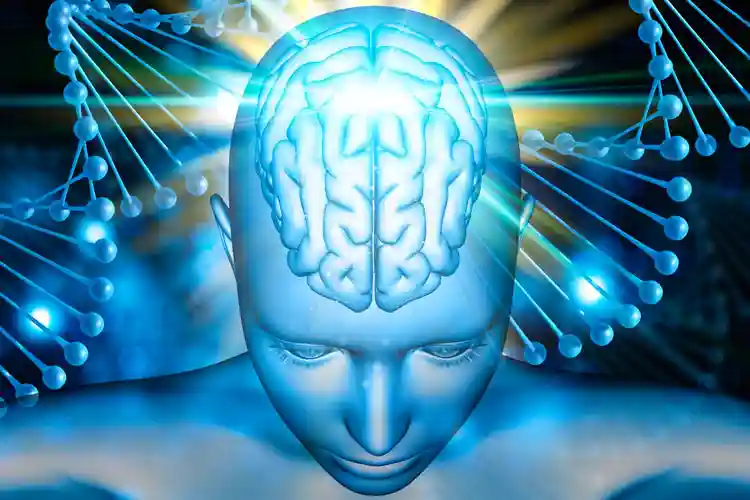Shivratri Vrat 2023: The Method, Rituals and Story of the Auspicious Festival
When is Shivratri in the year 2023?
| Shivratri date | Muhurat | Month |
|---|---|---|
| January 20, 2023, Friday | Begins - 09:59, Jan 20 Ends - 06:17, Jan 21 | Magha |
| February 18, 2023, Saturday | Begins - 20:02, Feb 18 Ends - 16:18, Feb 19 | Falgun |
| March 20, 2023, Monday | Begins - 04:55, Mar 20 Ends - 01:47, Mar 21 | Chaitra |
| April 18, 2023, Tuesday | Begins - 13:27, Apr 18 Ends - 11:23, Apr 19 | Vaishakha |
| May 17, 2023, Wednesday | Begins - 22:28, May 17 Ends - 21:42, May 18 | Jyaishtha |
| June 16, 2023, Friday | Begins - 08:39,Jun 16 Ends - 09:11, Jun 17 | Ashadh |
| July 15, 2023, Saturday | Begins - 20:32, Jul 15 Ends - 22:08, Jul 16 | Shravan |
| August 14, 2023, Monday | Begins - 10:25, Aug 14 Ends - 12:42, Aug 15 | Shravana |
| September 13, 2023, Wednesday | Begins - 02:21, Sep 13 Ends - 04:48, Sep 14 | Bhadrapada |
| October 12, 2023, Thursday | Begins - 19:53, Oct 12 Ends - 21:50, Oct 13 | Ashwin |
| November 11, 2023, Saturday | Begins - 13:57, Nov 11 Ends - 14:44, Nov 12 | Karthik |
| December 11, 2023, Monday | Begins - 07:10, Dec 11 Ends - 06:24, Dec 12 | Margashirsha |
Shivratri Vrat Method
- It would be best to wake up during the time of Brahma Muhurta.
- Take a bath in the morning and wear clean and tidy clothes.
- After that, meditate in a peaceful state of mind and take a vow that you will fast for the whole day with sincerity and devotion.
- Practice celibacy and maintain it, so that you do not get diverted and begin with the fast.
- Make sure that you do not consume rice, wheat or lentils in any form as it is strictly prohibited.
- If you have a Shiva linga or an idol of Lord Shiva in your house, you can do Abhisheka by lighting a Diya and incense sticks in your Puja mandir.
- In order to do Abhisheka, you will need holy water, Gangajal and raw milk. If Gangajal is not available, you can use clean home water with raw milk.
- You can also visit a Shiva temple and perform Abhisheka while chanting Om Namah Shivaya, offering pure water, raw milk, flowers and fruits of Datura and Bel leaves etc.
- Ardent and strong devotees of Lord Shiva stay awake throughout the night and perform the puja during the Nishtha Kaal or all Prahars.
Eating Rules
Shivratri is one ideal and auspicious day to do penance, therefore one should consume only milk and fruits. You can also eat dishes that are suitable during Shivaratri Vrat like Kuttu or Singhare ki puri or paratha, Sabudana khichdi or vada, jeera-aloo or Sama rice khichdi etc. Most importantly, regular salt should strictly be avoided. You can use rock salt instead while cooking fast dishes.
Purpose and benefits of fasting
One of the greatest benefits of fasting is it helps your body rest and gives it a much-needed break from our day to day routine. It helps the body to get rid of all the toxins that build up in your system. That is why foods that encourage rajas or tamasic qualities are avoided. People also practice celibacy during this auspicious time because it helps them practice self-restraint. Fasting also helps people to keep their senses and desires under control along with purifying their mind and body and connecting with the inner soul.
Who is Shiva?
“Shiva Shunya hai” which means Shiva is zero
When we say “Shiva”, there are 2 fundamental aspects that we are referring to. The word “Shiva” literally means “one who is not.”
Today’s modern science says that everything comes from “zero” and then goes back to “zero”, with is also referred to as “void”. The basis of existence and the fundamental quality of the universe is the vast void, galaxies are just a small phenomenon and everything else is just a vast empty space, which is called Shiva. This is the womb from which everything is born, and also the oblivion into which everything falls back. Everything comes from Shiva and goes back to Shiva.
According to Hindu scriptures, Shiva is considered the god of destruction. But this destruction does not pave the way towards the end of anyone or anything but towards a new beginning. Shiva works in such a way that it destroys the illusions and flaws of this world. As per Hindu beliefs, this destruction is not random or without any sense but perfectly planned and creative. Hence Shiva is seen as both good as well as evil and is believed to be the link between many contradicting elements in the universe.
Shiva is known to have unbeatable passion, which drives him in extreme ways. Sometimes he is an ascetic who restrains from getting any kinds of worldly pleasures and on the other hand, he is also a hedonist who represents love and the balance of relations with his wife, Goddess Parvati. Basically, he is a Bairagi and a lover, who teaches us to keep a balance in every sphere of life. Hindus who consider and worship Shiva as their primary deity are members of the Shaivite sect.
Avatars of Shiva
Sometimes Shiva is depicted as half male and half female. His appearance is divided into two halves, one half of his own body and the other half of Parvati, this exhilarating form of Shiva is known as Ardhanarishvara.
Shiva is also found in the form of Nataraja – the cosmic dancer or the god of Dance. While the dance of Lord Shiva represents the destruction of the universe, it also gives the message of living every moment with enthusiasm and passion.
Now let us take a look at some mantras to get the blessings of Shiva.
Mahamrityunjaya Mantra
Om Tryambakam Yajamahe Sugandhim Pushtivardhanam.
Urvarukamiva Bandhanan
Shiva's Mool Mantra
Om Namah Shivaya
Influential Mantras of Lord Shiva
Om Sadho Jaataye Namah.
Om Vam Devaya Namah.
Om Aghorai Namah.
Om Tatpurushai Namah.
Om Ishanay Namah.
Om Hrim Hraum Namah Shivay.
Rudra Gayatri Mantra
Om Tatpurushaya Vidmahe, Mahadevaya Dhimahi Tanno Rudra: Prachodayat.






